These days, thanks to ever-advancing technology, having a private portrait session with the smallest of creepy critters and common creatures is fairly easy. But in the early 20th century, photographing a magnified specimen was a lot more complicated. In order to take the images that fill the pages of Richard Kerr's Nature Through Microscope and Camera (1909) [PDF], photographer Arthur E. Smith connected the front of a camera to the eye-piece of the microscope, sealing them together so no light would interfere with the set up.
According to Smith, "The starting point is to place the slide in the microscope and see exactly what is required to be photographed; the microscope can then be placed horizontally and the lighting arranged so that the effect seen when viewed through the tube is exactly what is required to appear in the photograph." You can see the whole setup below:

As Kerr explains in the first chapter, no editing was done to the images, as "it is a mistake to add any line or to make any object look as we would wish it to look ... The personal equation must be left out, for it is hardly likely that any naturalist can suggest an improvement in the design of a diatom, of a radiolarian, or of a section of an ordinary plant." Here are 10 of the incredible images Smith captured.
1. Diatom // Heliopelta Metii

Diatoms are algae with transparent cell walls; their shapes vary based on species, but almost all of them are microscopic. Still, despite their small size, they're incredibly detailed: "The writing of the Lord's Prayer on a surface no larger in area than that covered by a three-penny piece is looked upon as a great piece of penmanship, but how the lines so made suffer by comparison with some of the objects here photographed," Kerr wrote, including "the delicate tracery of the Heliopelta metii."
2. Radula of Whelk

In this particular Whelk—the general term for sea snail—there are seven tiny teeth on each of the median rows. This could either be "an abnormal condition" as a whelk from a different image only had six, or "a question of the creatures' comparative ages."
3. Part of Blow Fly's Proboscis

The proboscis of the blow-fly, from the family Calliphoridae, "is more complicated than a locomotive, and more highly finished than a costly gold watch," Kerr wrote. "Its exquisite beauty, the minuteness of its thousands of springs, and the finish of its mechanism have led many a man to reflect on his own impotence, and have suggested to his mind something of the sublime skill that must be behind all that we are pleased to call 'Nature.'" Curious about the blow fly's name? According to the Oxford English Dictionary, the word "blow" can be "said of flies and other insects," and mean "to deposit their eggs." The term was first used in 1720.
4. Portion of Beetle's Eye // Dytiscus marginalis

To look at the larvae of Dytiscus marginalis, or the great diving beetle, is to be relieved that no magic ray gun that makes things bigger exists: Its jaws are terrifyingly huge. Once the larvae becomes a beetle, however, it's much nicer to behold—especially when magnified. At least, Kerr thought so. "The eye of Dytiscus marginalis is always considered a beautiful object for the microscope," he wrote. But be wary of catching a live one—when they feel threatened, they emit an odor out of their rears to scare off predators.
5. Foot of a Water-Beetle // Dytiscus marginalis

"The hind pair of legs is the chief means of locomotion," Kerr wrote. "These swimming legs are deserving of admiration on account of their mechanical perfection." These bugs are fierce predators whose prey includes invertebrates and small fish.
6. Rhyngia

"Known as the 'Snout Fly,'" the rhyngia—now spelled rhingia—is a genus of hoverflies. To protect themselves from predators, some hoverfly species have similar black and yellow coloring to bees and wasps, giving the harmless bug the appearance of more dangerous prey.
7. Stem of Section of Mare's Tail // Hippuris Vulgaris

A fairly common plant in North America, "The Mare's-tail grows wholly or partially submersed in ditches or canals," Kerr wrote. "So far the plant has not been found of any special importance in medicine or the arts, but to the microscopist, sections of its stems are of great interest. The beautiful arrangement of the multitude of cells must always command attention and admiration."
8. Mideopsis Orbicularis

Although Kerr credits Mr. Henry Tavener as discovering this water-mite and displaying it in 1907, the bug was actually discovered around 131 years prior in 1776 by Müller, who described it as yellow, flattened, and round. Still, according to Kerr, "It will be sure to interest those who study pond-life. Its body is almost a true circle. Each of the eight legs consists of five segments, the hairs of which point backwards. The object is an exceedingly beautiful one under the microscope."
9. Wolf Spider // Lycosa

Wolf Spiders (Lycosa) may be quite a bit smaller than their namesake—lycosa is Ancient Greek for wolf—but like wolves, these spiders are active hunters, ambushing or chasing down their prey instead of trapping them in webs, and are very hairy. Of the Lycosa tarentula, Kerr writes "Its bite was supposed in Italy to bring on a fit of melancholia that could only be cured by the tune known as the Tarentella." Female wolf spiders also carry their babies on their backs (which can lead to horrible consequences if you try to squash them) and are generally larger than males.
10. Scales on skin of a sole

According to Kerr, the imbricated—or overlapping—"arrangement of the scales covering the skin of the sole makes this fish of more than ordinary interest to students with a microscope." Generally, soles are part of the Soleidae family, but the name sole is often used to describe other flatfish. Kerr doesn't provide details regarding the type of sole or its location, so it's hard to know which species it is, or whether Kerr misidentified the specimen.
All images from Nature Through Microscope and Camera.
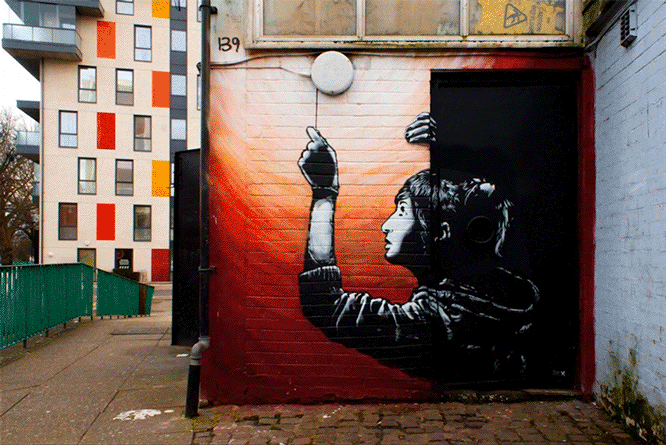

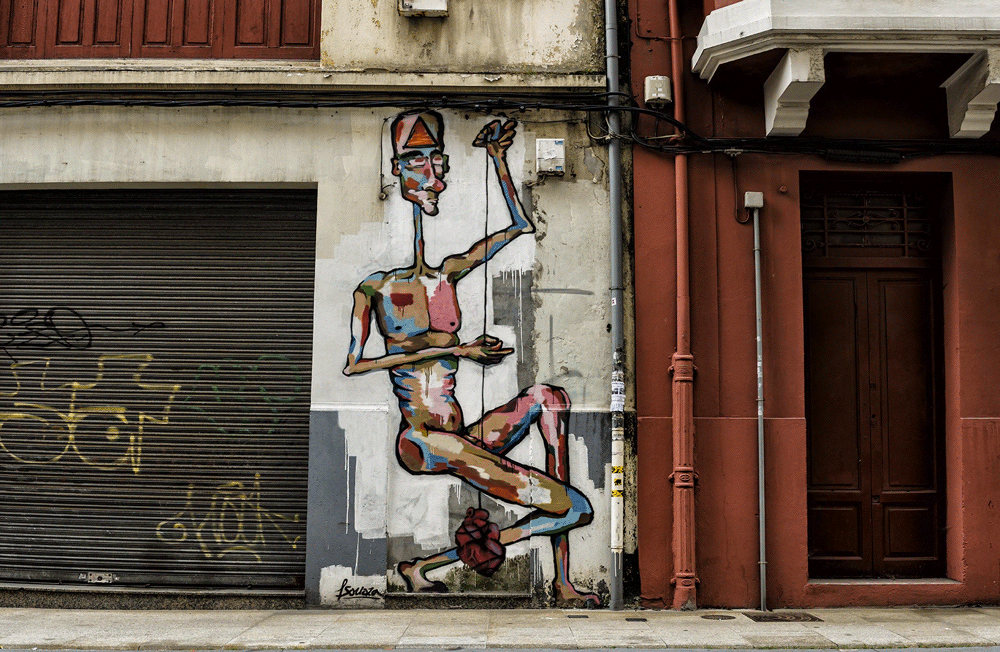
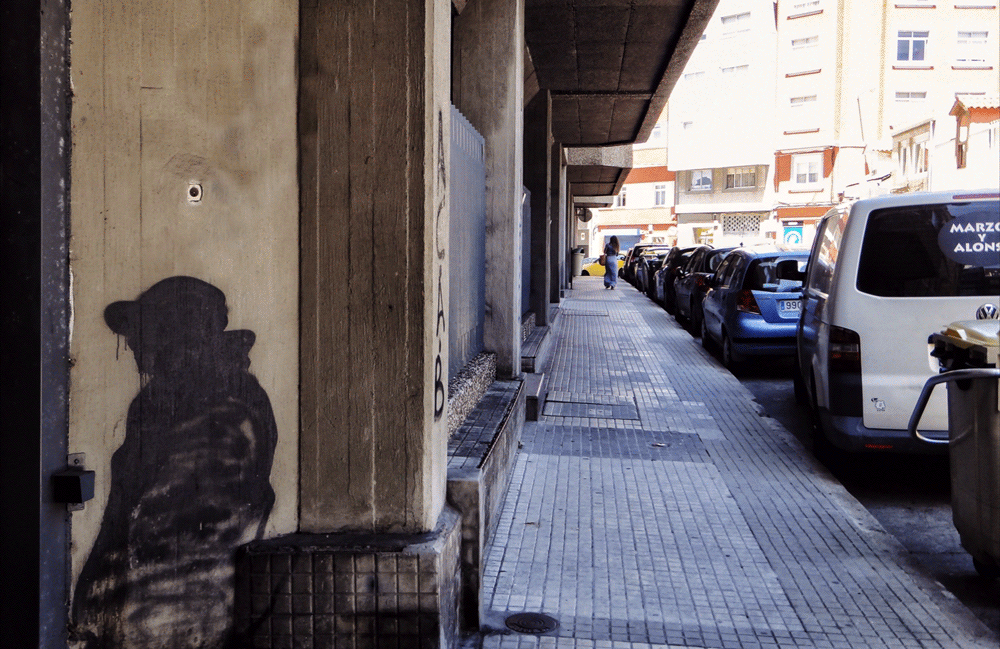
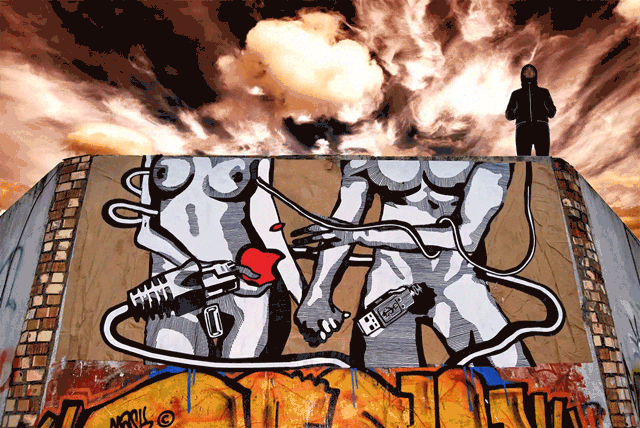
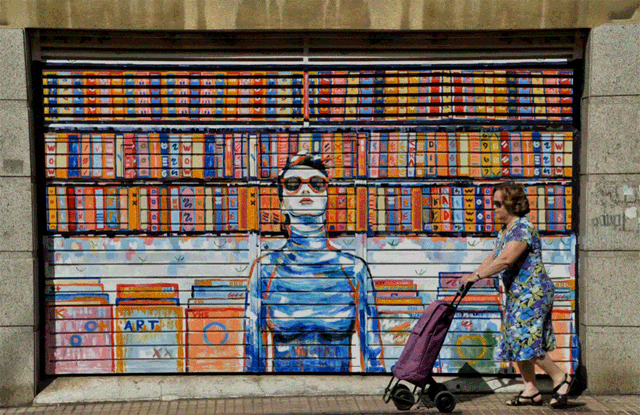
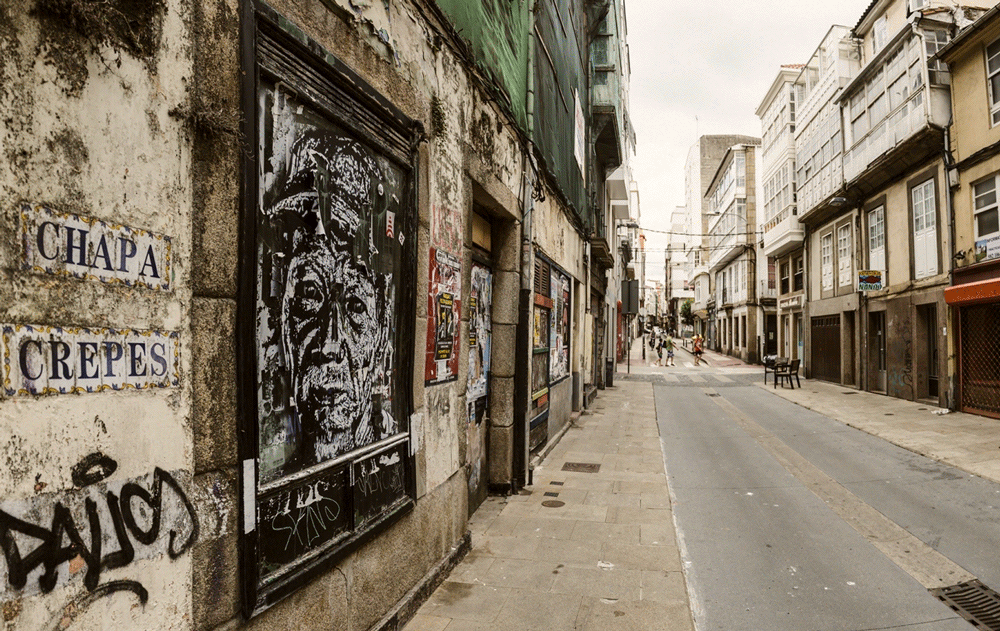

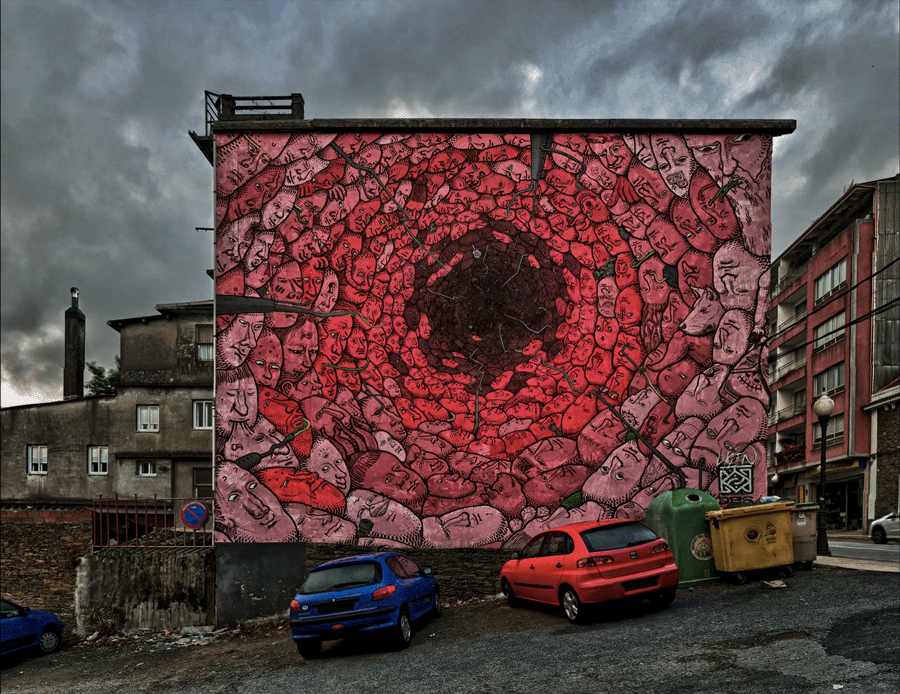

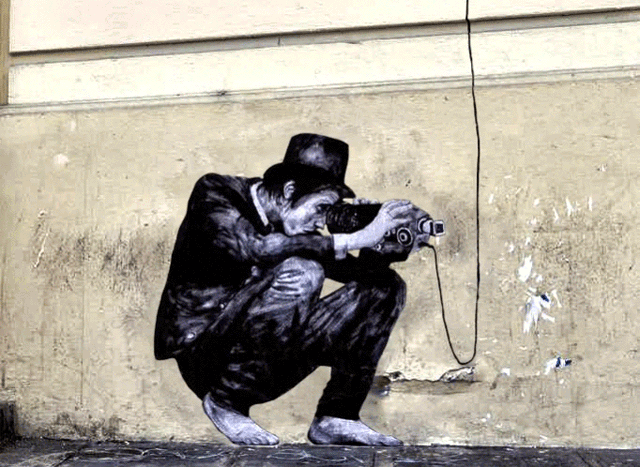
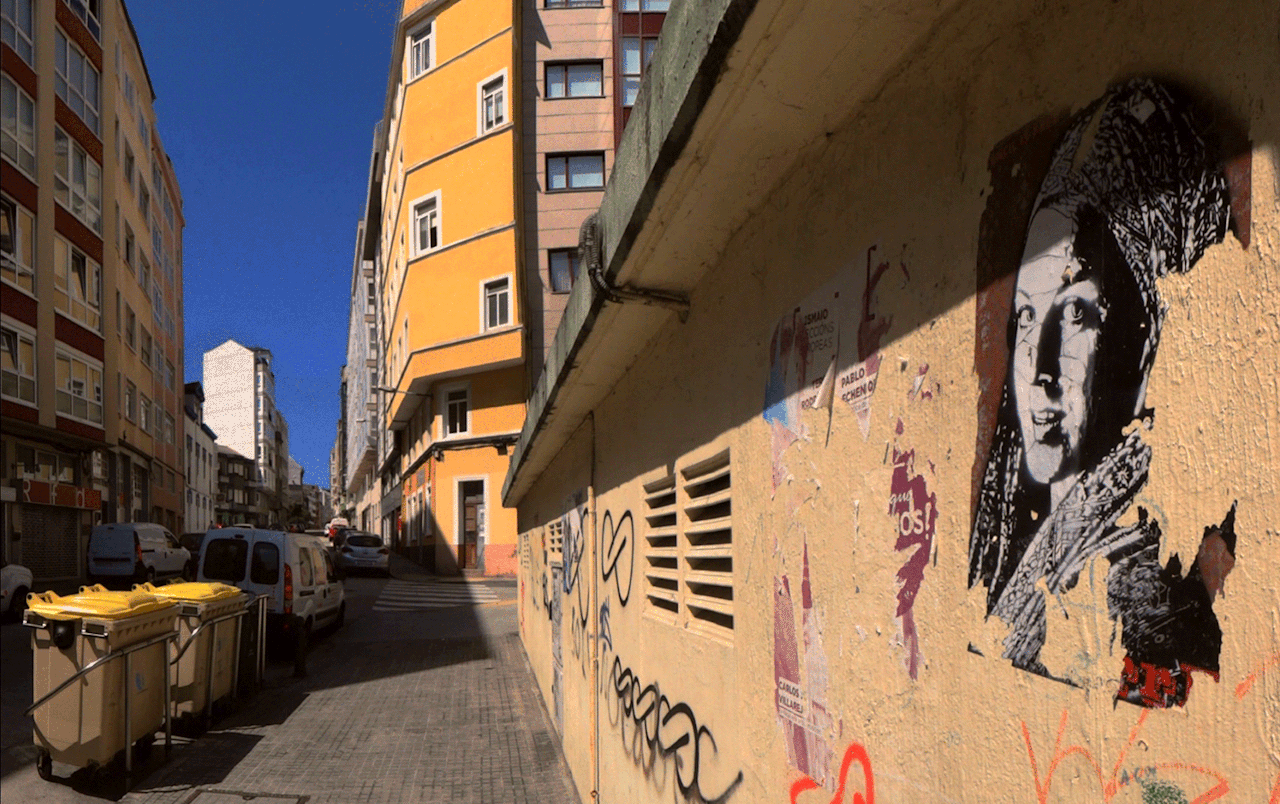
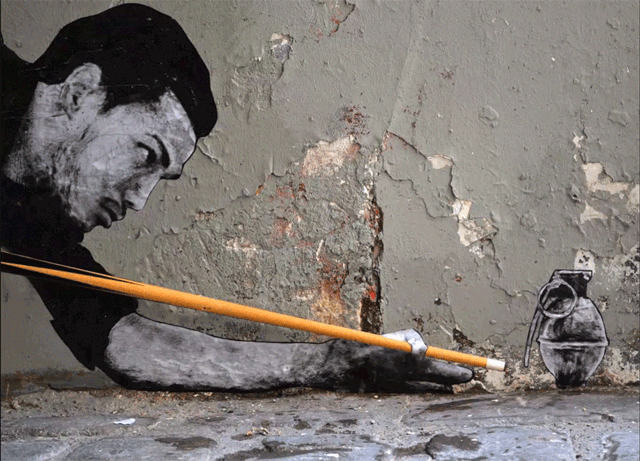
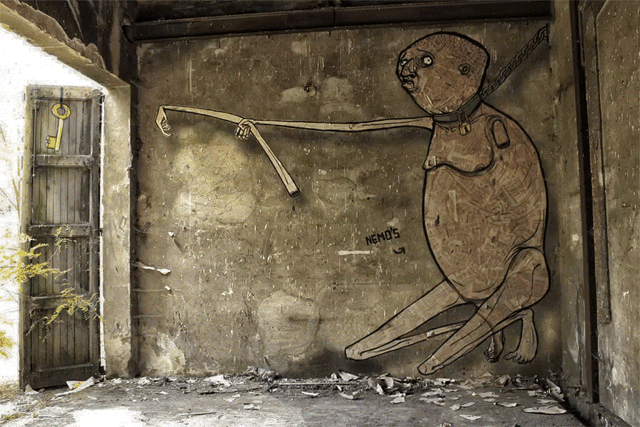
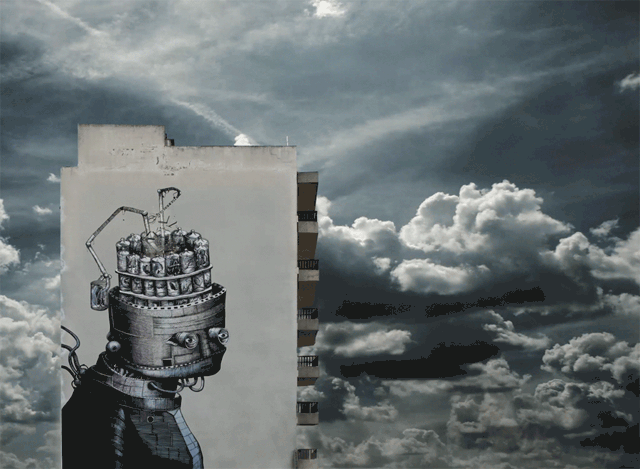
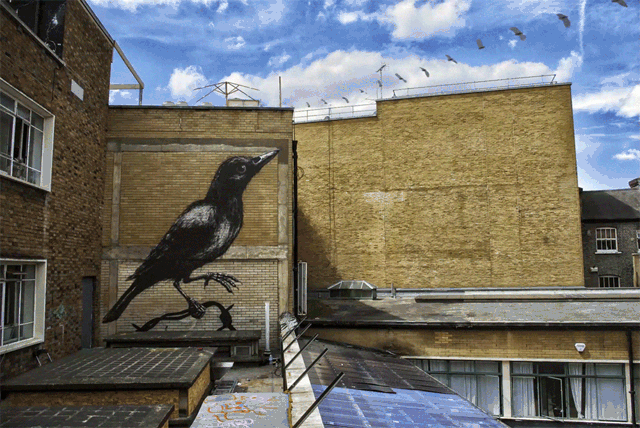
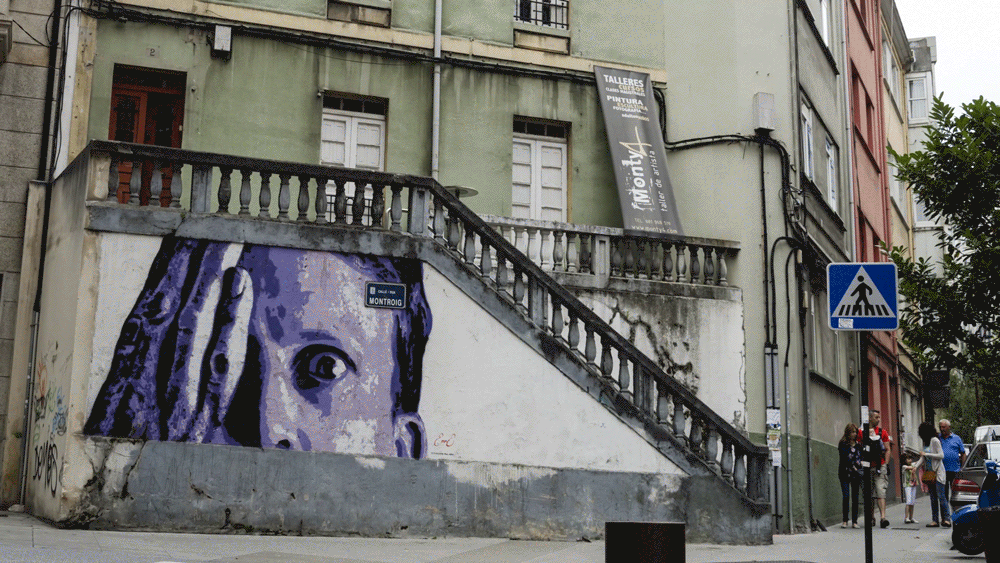
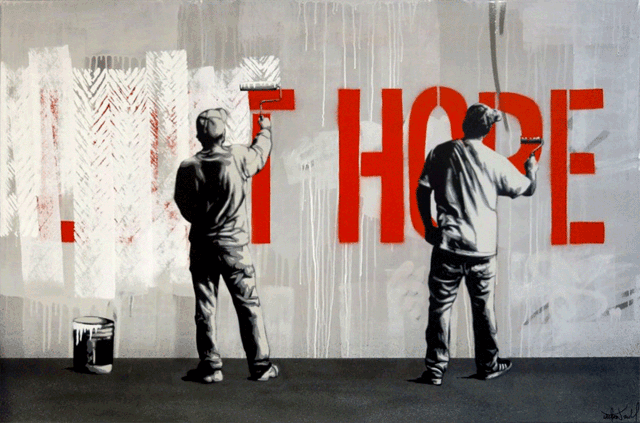

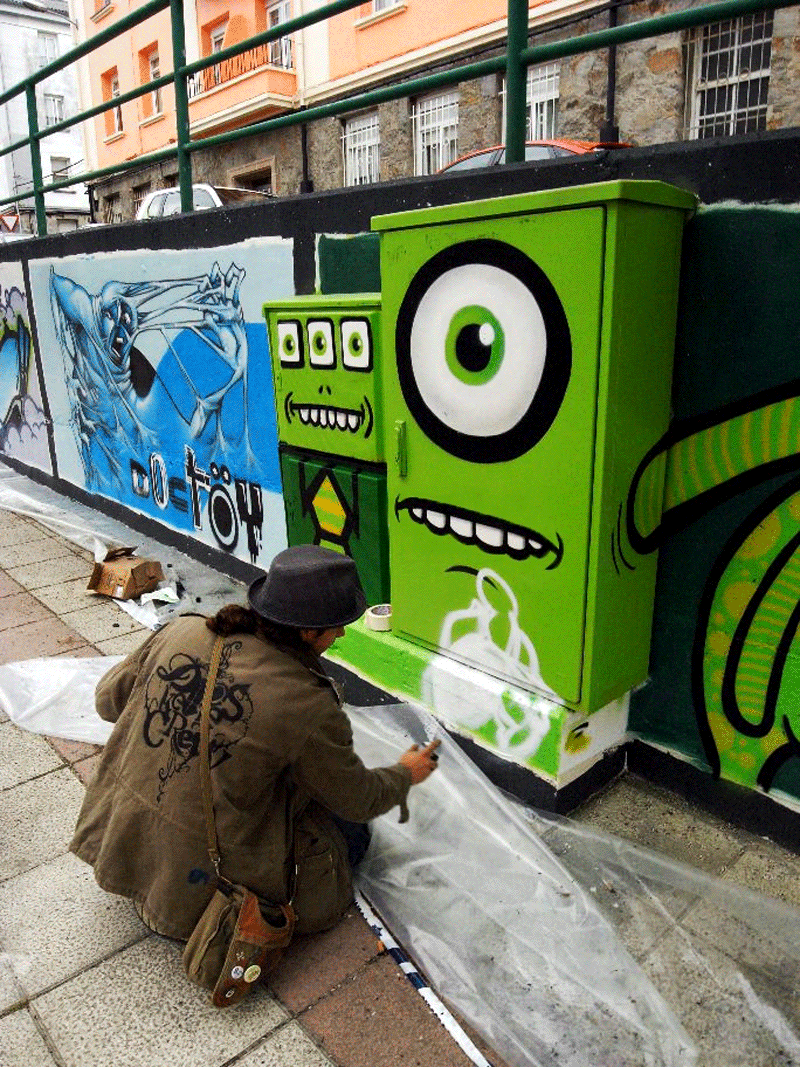



































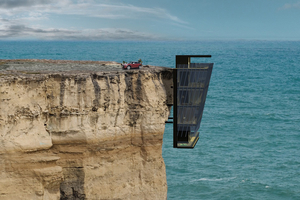

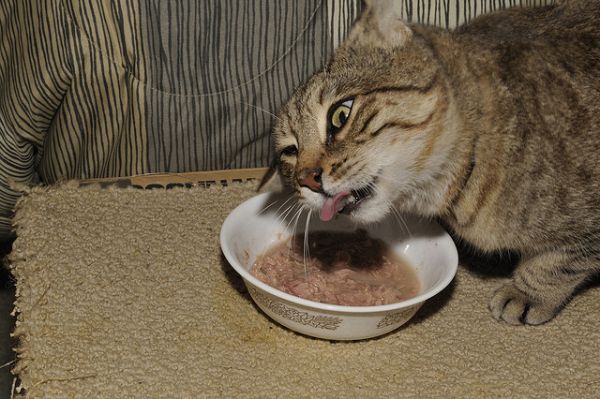
















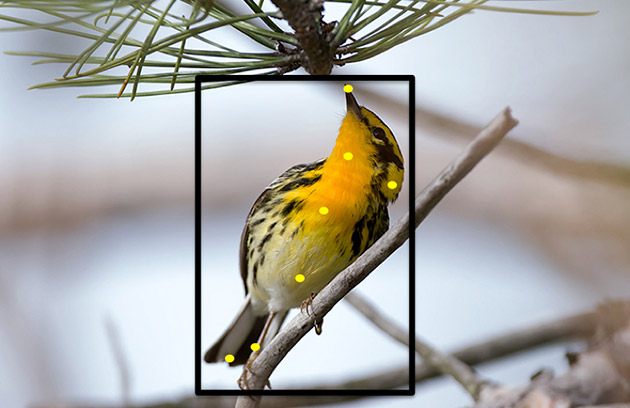 Casual birdwatchers may want to bookmark Merlin Bird Photo ID, a website created by Cornell University and the Visipedia research project. Thanks to powerful artificial intelligence techniques, the website can identify birds in photos you upload, so ...
Casual birdwatchers may want to bookmark Merlin Bird Photo ID, a website created by Cornell University and the Visipedia research project. Thanks to powerful artificial intelligence techniques, the website can identify birds in photos you upload, so ...





























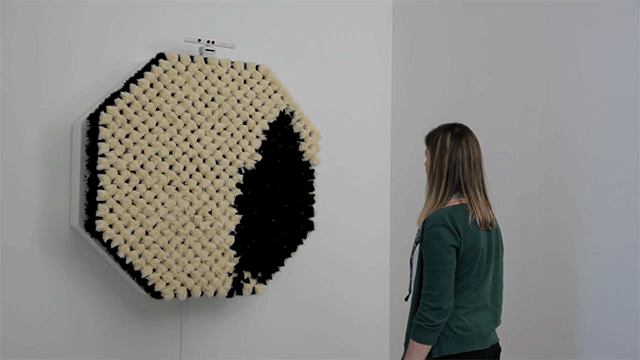 If you're tired of your ugly mug staring back from across the bathroom sink every morning, just install this furry silhouetting mirror from New York-based artist Daniel Rozin. He built it for the Descent With Modification exhibit at NYC's bitforms ga...
If you're tired of your ugly mug staring back from across the bathroom sink every morning, just install this furry silhouetting mirror from New York-based artist Daniel Rozin. He built it for the Descent With Modification exhibit at NYC's bitforms ga...














